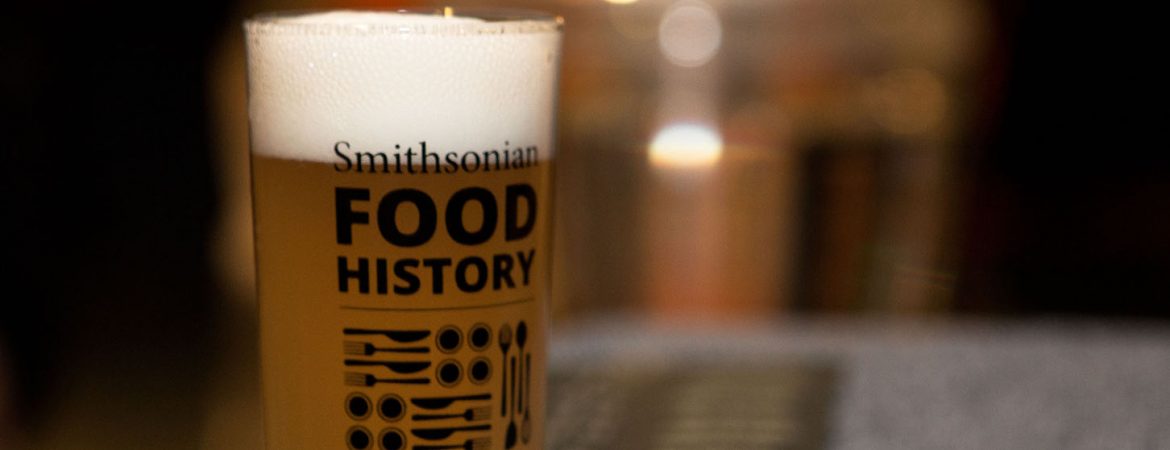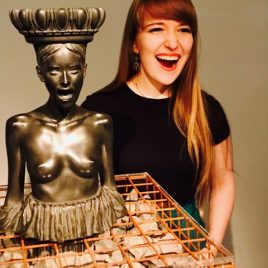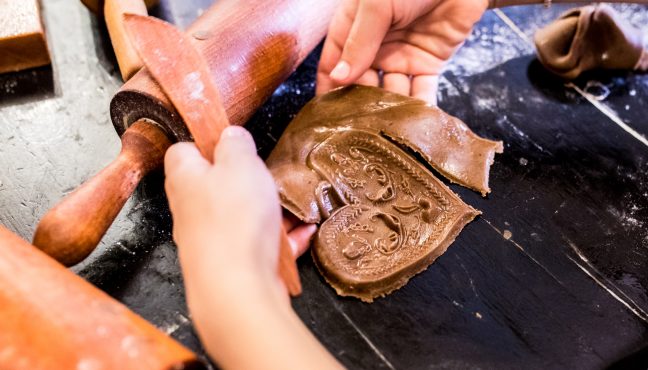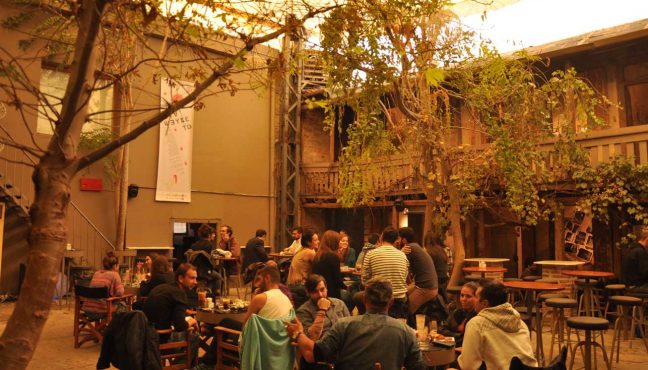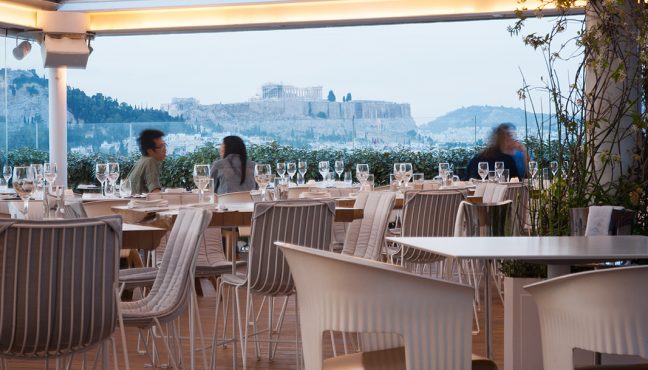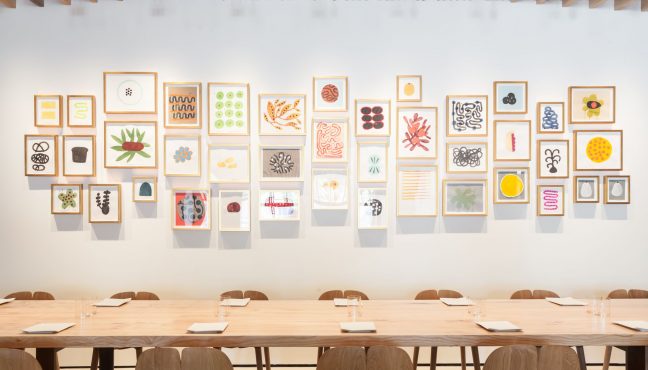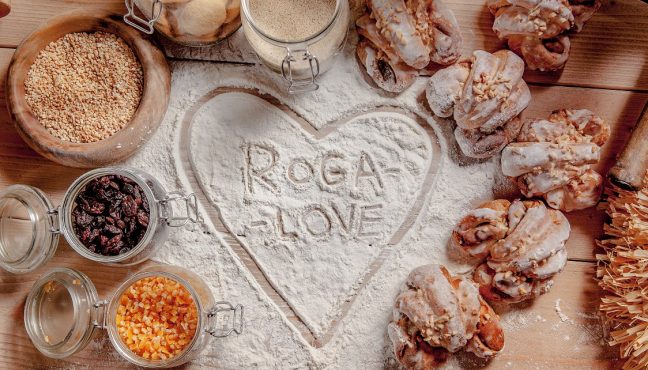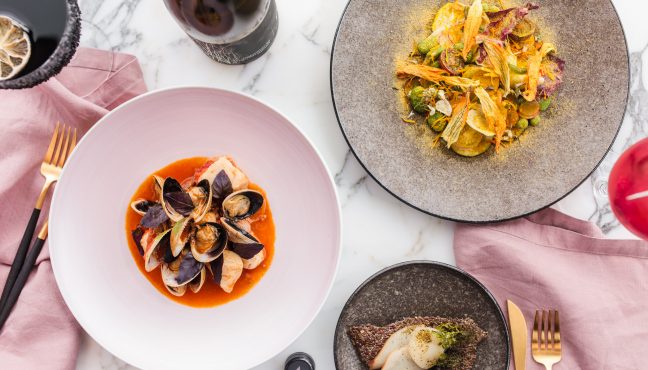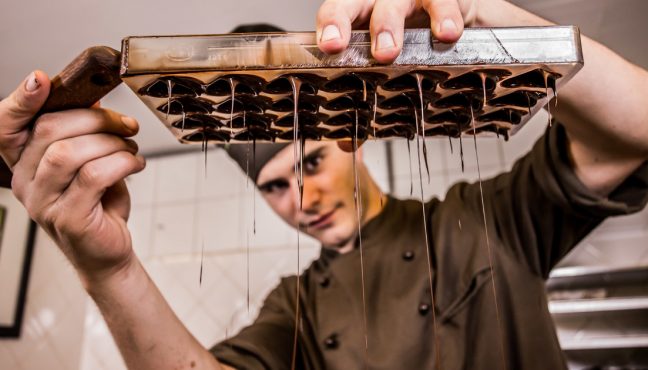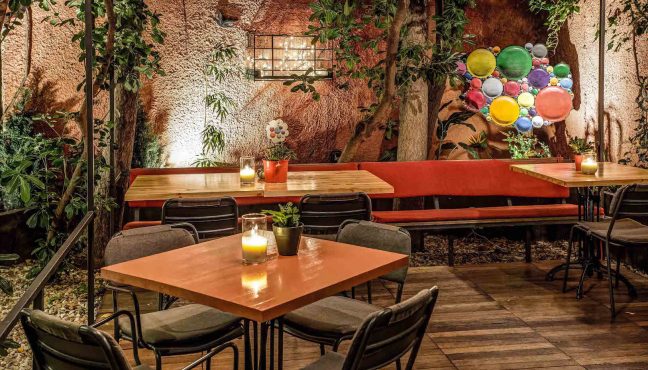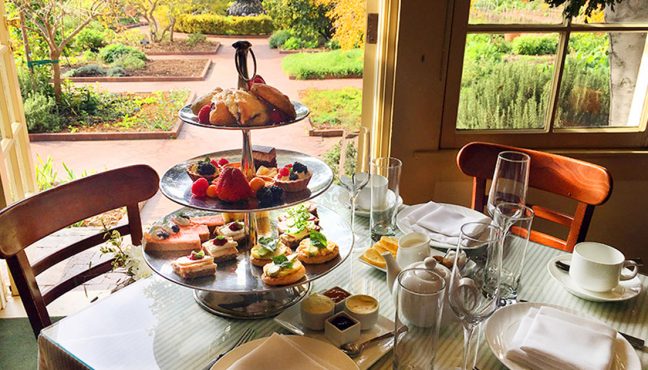The National Museum of American History in Washington DC is a great place to learn, SEE, feel, TOUCH and TASTE the social, political, cultural, scientific and military history of the United States. This part of Smithsonian Institution is exciting even for those who do not dig history. Fascinating archives and artifacts, including the original Star-Spangled Banner, scenes from the American life throughout centuries, and a chance to trace the way life affected food on the table. Or was it the food that altered people’s lives? This is for you to decide when you visit the annual Smithsonian Food History Weekend October 27-29 with roundtables, discussions, cooking demonstrations by noted chefs, researchers, and artists, and lots of hands-on activities. We talked to Susan Evans, Director of Smithsonian Food History Programs about the upcoming event.
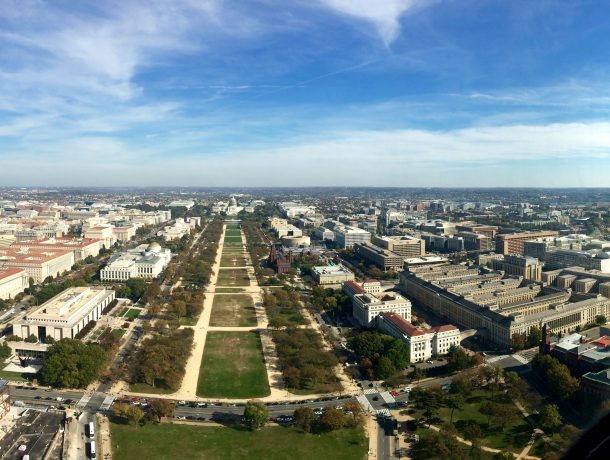
Courtesy of Smithsonian’s National Museum of American History
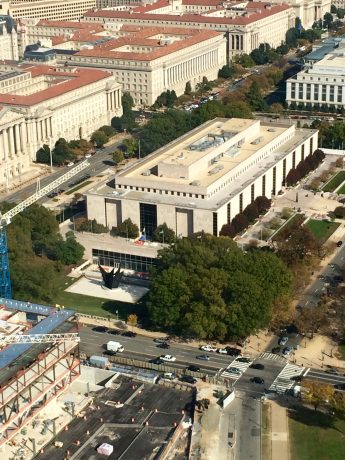
Courtesy of Smithsonian’s National Museum of American History
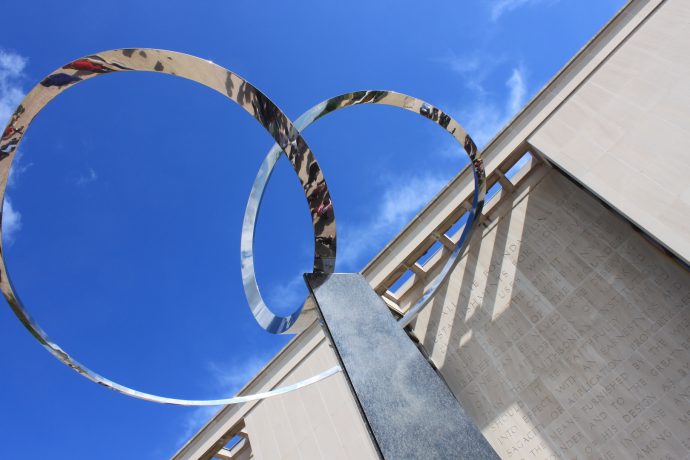
Courtesy of Smithsonian’s National Museum of American History
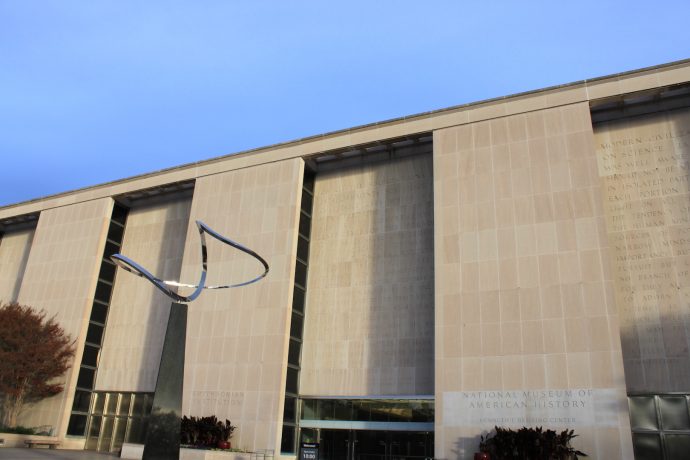
Courtesy of Smithsonian’s National Museum of American History
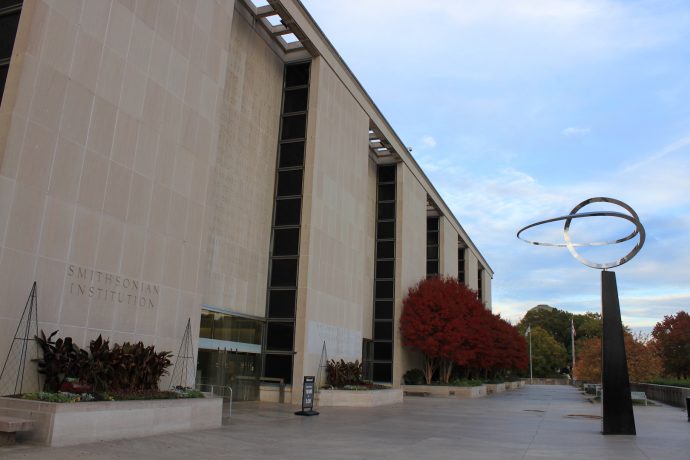
Courtesy of Smithsonian’s National Museum of American History
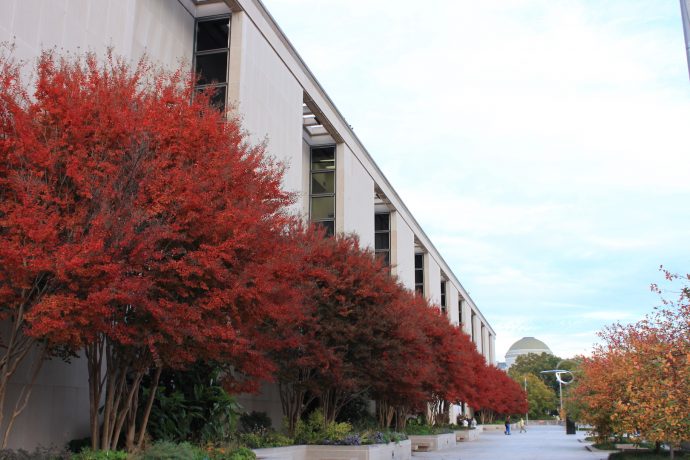
Courtesy of Smithsonian’s National Museum of American History
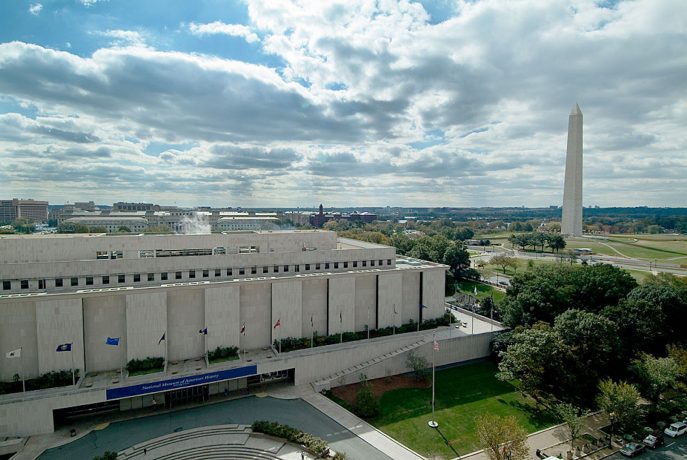
Courtesy of Smithsonian’s National Museum of American History
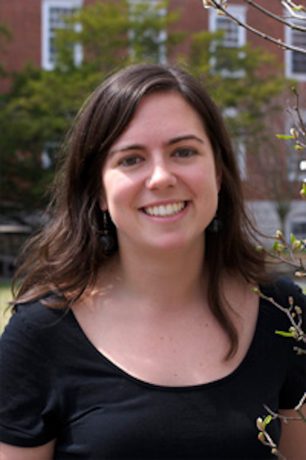
Susan Evans Photo credit Briget Ganske
How did the Smithsonian Food Program begin? And what events are included in the program?
Through programs, research, and collections, the Smithsonian Food History at the National Museum of American History invites communities near and far to come to the table. By learning more about American food history, today’s Museum visitors will understand the role they play in shaping how and what America eats. Food programs are based in the rich food history content at the Museum and include a diverse menu of programs and demonstrations that bring visitors together for relevant discussions that start with history and expand to the present and future of American food. These activities include free daytime programs for millions of museum visitors each year, regular “After Hours” events that mix historic topics with delicious food and drink, and the annual Smithsonian Food History Weekend. The National Museum of American History is committed to examining the impact of food, drink, and agriculture on American History. There has been ongoing research, programming, and exhibitions about food at the National Museum of American History for over 20 years. In 2015, the Museum opened a new demonstration kitchen on the Wallace H. Coulter Performance Plaza as part of our newly renovated “Innovation Wing” at the Museum.
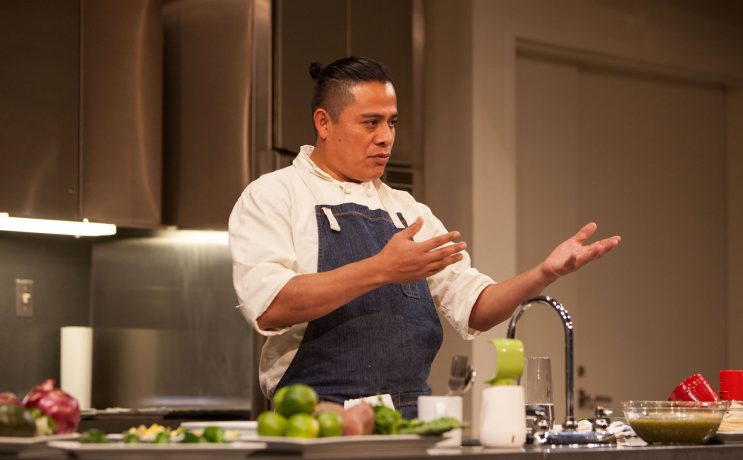
Food history festival Courtesy of Smithsonian’s National Museum of American History
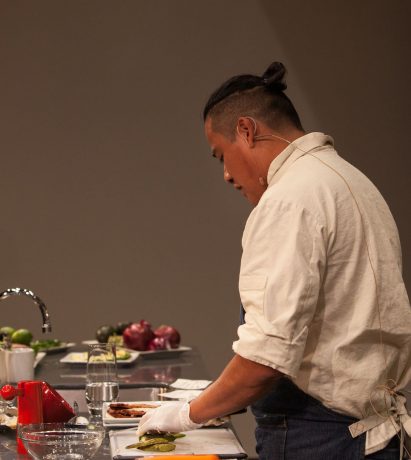
Food history festival Courtesy of Smithsonian’s National Museum of American History
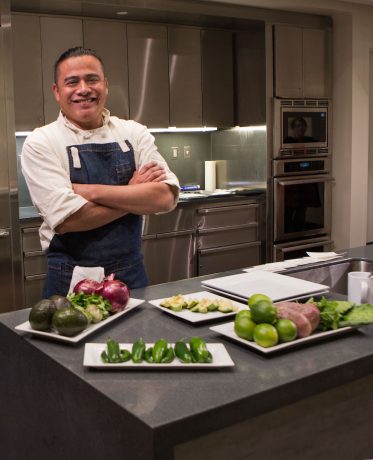
Food history festival Courtesy of Smithsonian’s National Museum of American History
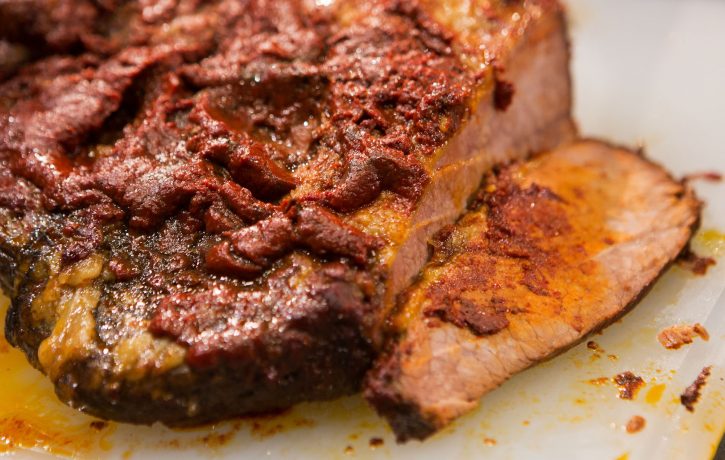
Food history festival Courtesy of Smithsonian’s National Museum of American History
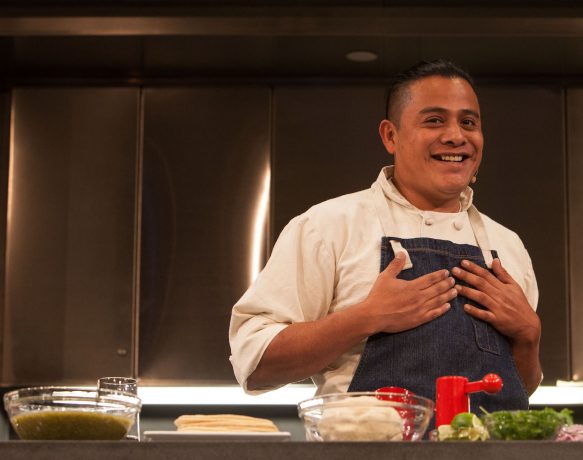
Food history festival Courtesy of Smithsonian’s National Museum of American History
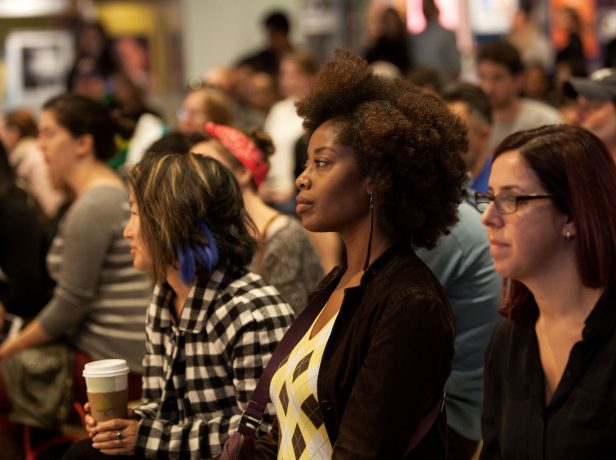
Food history festival Courtesy of Smithsonian’s National Museum of American History
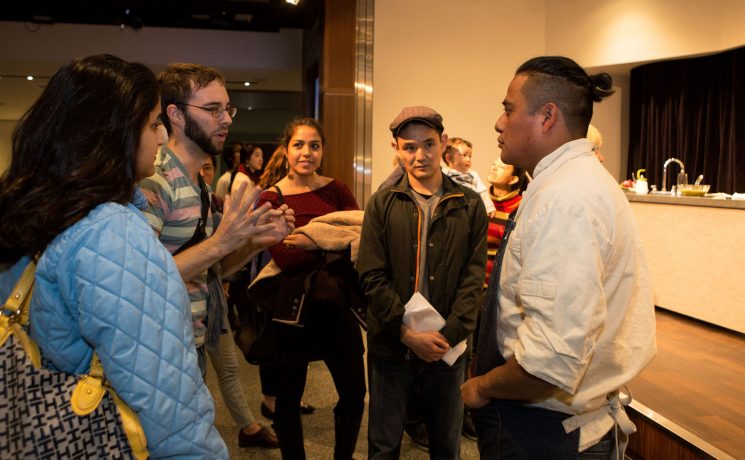
Food history festival Courtesy of Smithsonian’s National Museum of American History
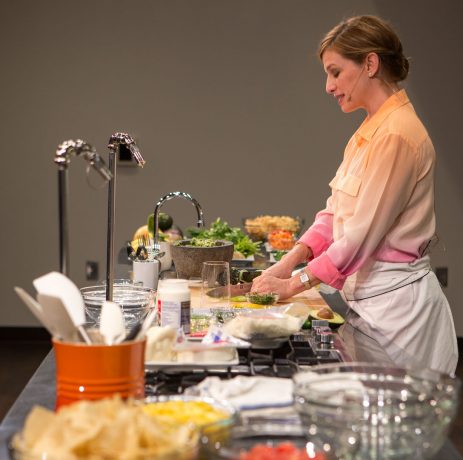
Food history festival Courtesy of Smithsonian’s National Museum of American History
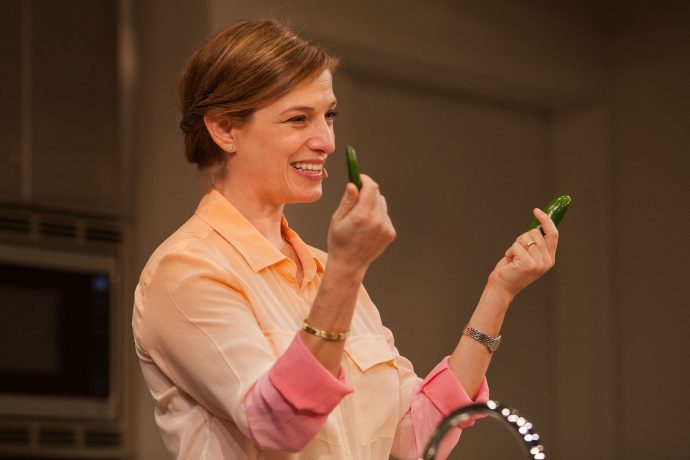
Food history festival Courtesy of Smithsonian’s National Museum of American History
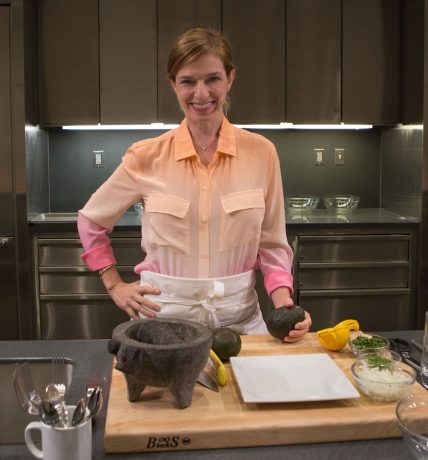
Food history festival Courtesy of Smithsonian’s National Museum of American History
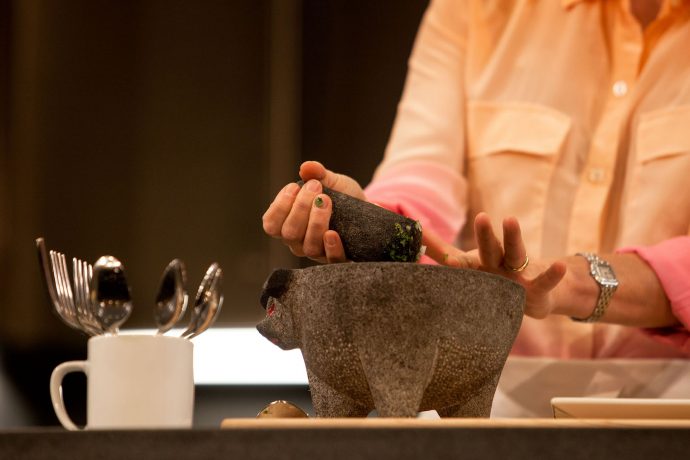
Food history festival Courtesy of Smithsonian’s National Museum of American History
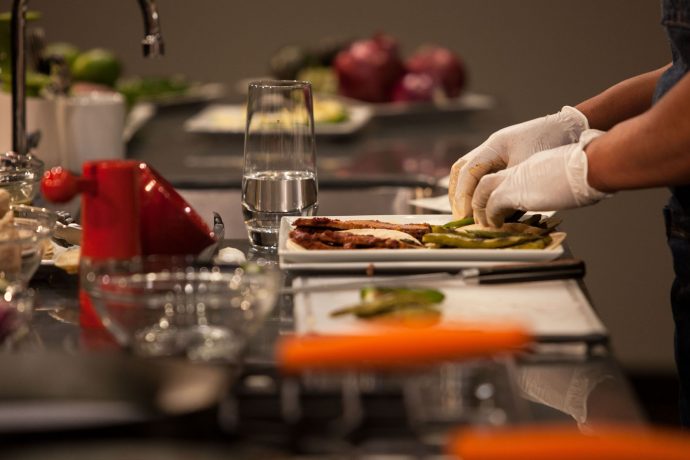
Food history festival Courtesy of Smithsonian’s National Museum of American History
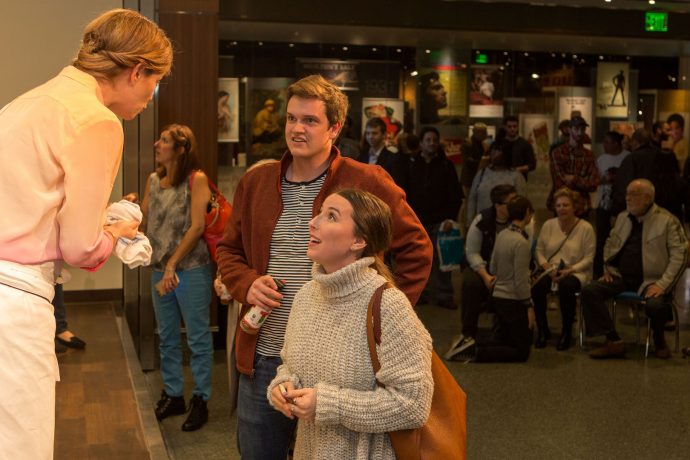
Food history festival Courtesy of Smithsonian’s National Museum of American History
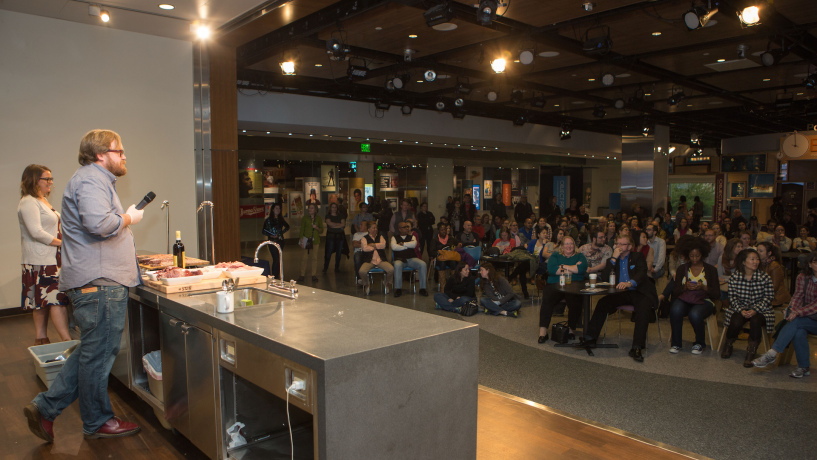
Food history festival Courtesy of Smithsonian’s National Museum of American History
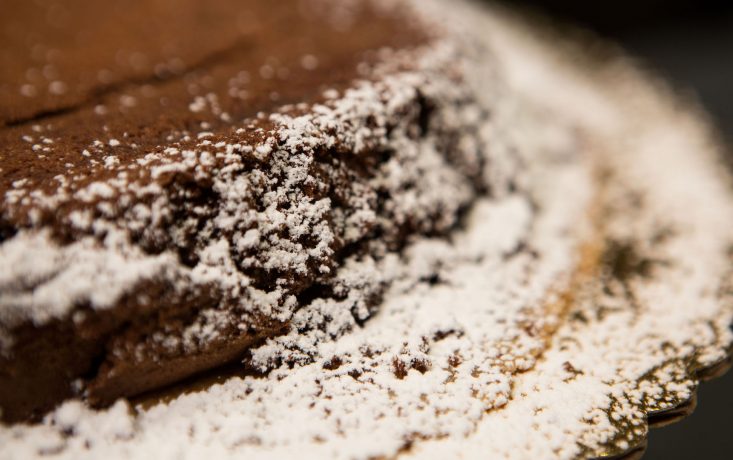
Food history festival Courtesy of Smithsonian’s National Museum of American History
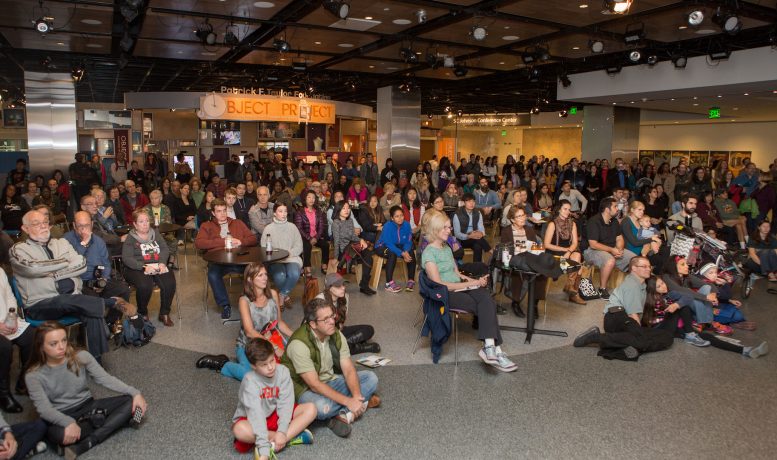
Food history festival Courtesy of Smithsonian’s National Museum of American History
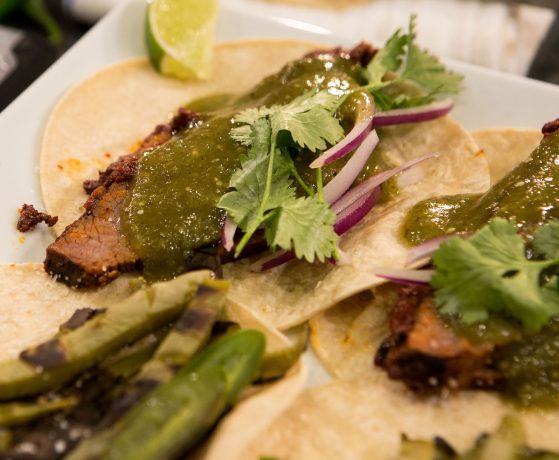
Food history festival Courtesy of Smithsonian’s National Museum of American History
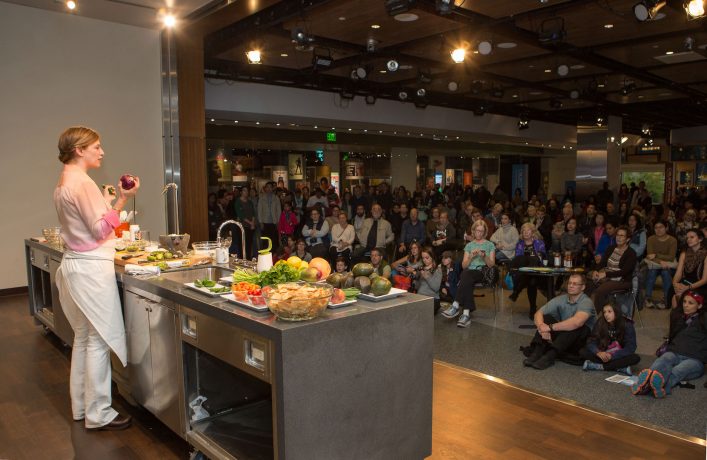
Food history festival Courtesy of Smithsonian’s National Museum of American History
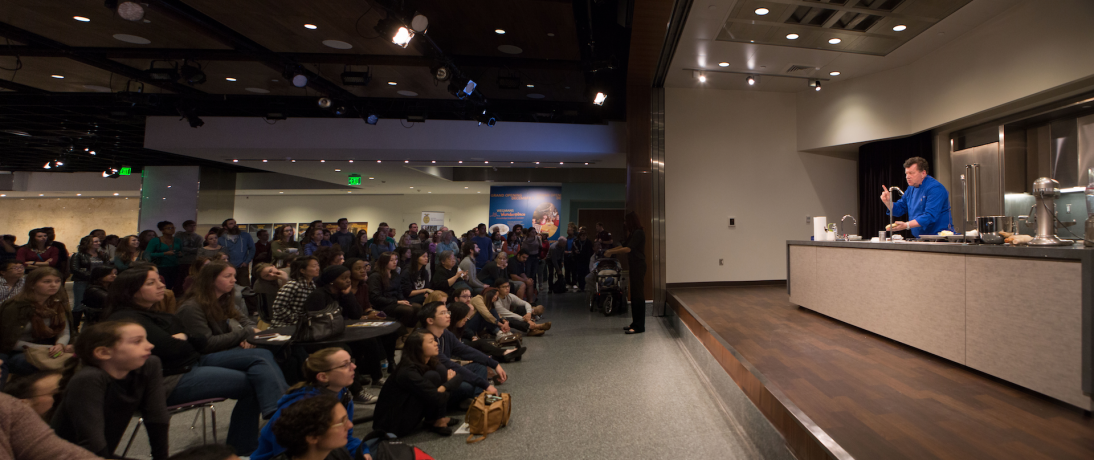
Food history festival Courtesy of Smithsonian’s National Museum of American History
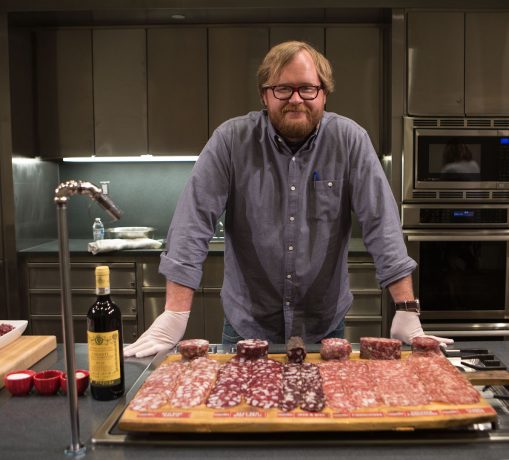
Food history festival Courtesy of Smithsonian’s National Museum of American History
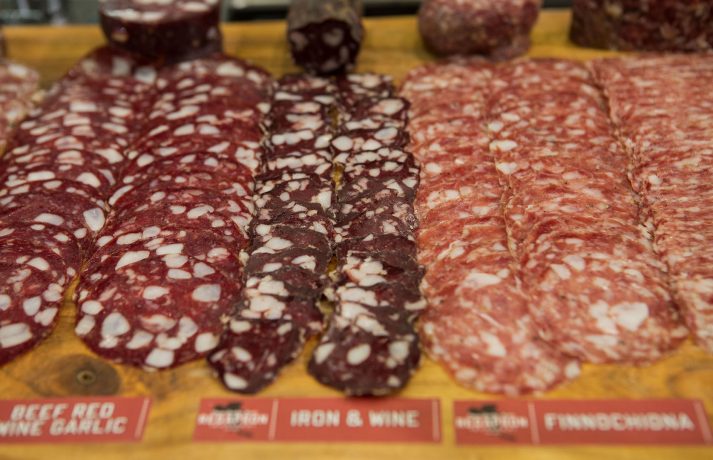
Food history festival Courtesy of Smithsonian’s National Museum of American History
Can you say a few words about the “Cooking up history” event?
“Cooking up history” is one of several programs we do for museums visitors. The program showcases a guest chef and a Smithsonian host preparing a recipe and talking about the history and traditions behind its ingredients, culinary techniques, and enjoyment. Other programs for visitors include “The Business of Chocolate,” a hands-on colonial-era chocolate making demonstration, and “Harvest for the Table: Wheat to Bread” that examines the agricultural story of ingredients in your home kitchen. We also have exhibitions, including the exhibitions FOOD: Transforming the American Table 1950-2000 and American Enterprise and many others that explore American history through food and agriculture.
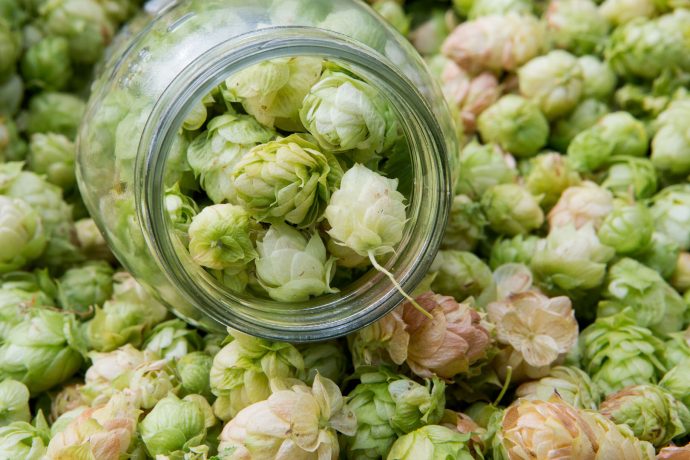
Food history festival Courtesy of Smithsonian’s National Museum of American History

Food history festival Courtesy of Smithsonian’s National Museum of American History
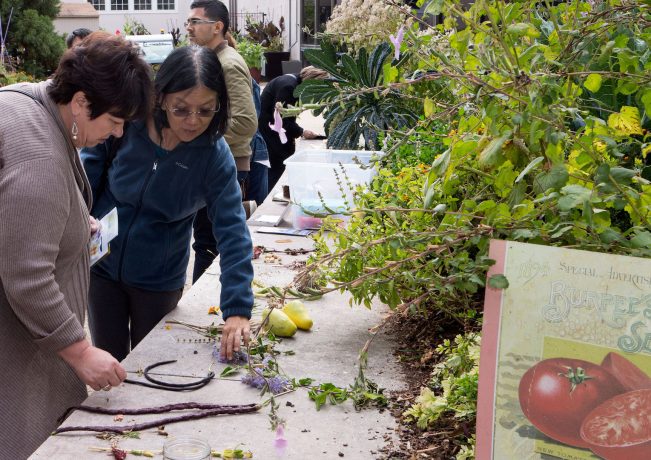
Food history festival Courtesy of Smithsonian’s National Museum of American History
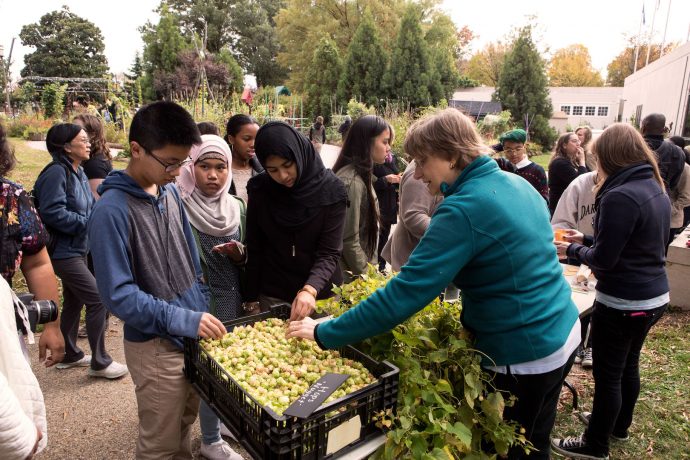
Food history festival Courtesy of Smithsonian’s National Museum of American History
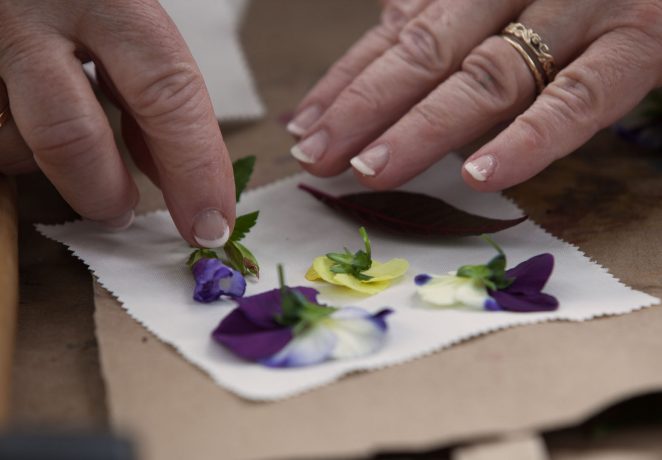
Food history festival Courtesy of Smithsonian’s National Museum of American History
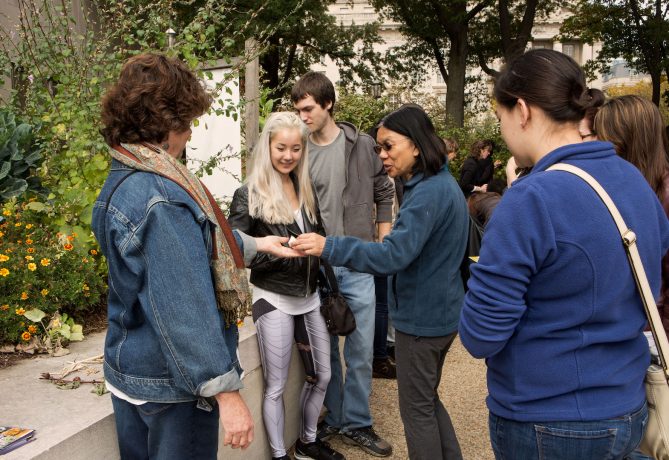
Food history festival Courtesy of Smithsonian’s National Museum of American History
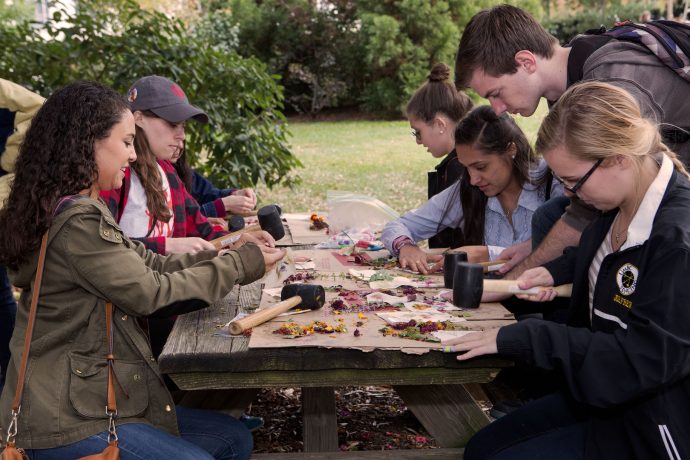
Food history festival Courtesy of Smithsonian’s National Museum of American History
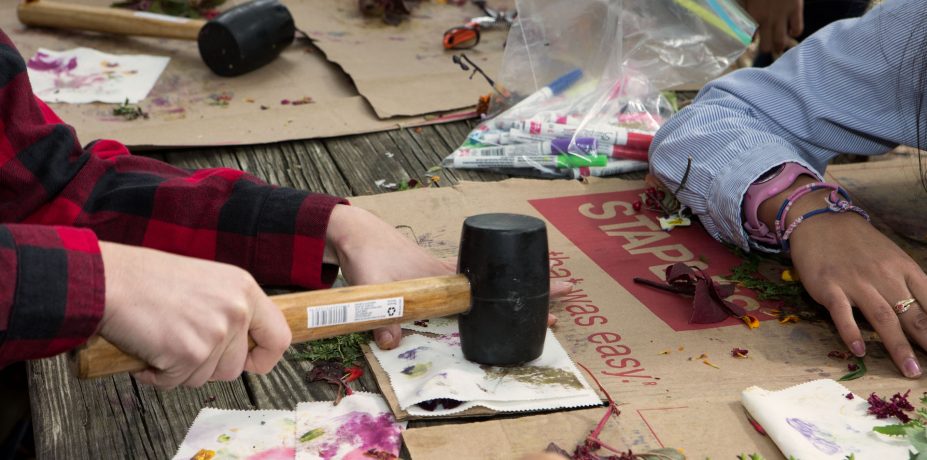
Food history festival Courtesy of Smithsonian’s National Museum of American History
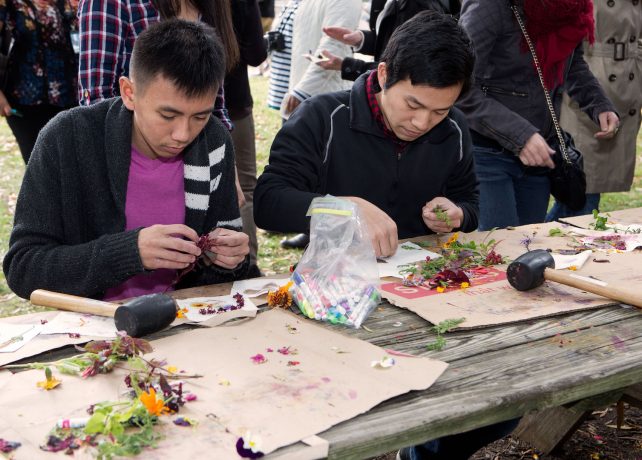
Food history festival Courtesy of Smithsonian’s National Museum of American History
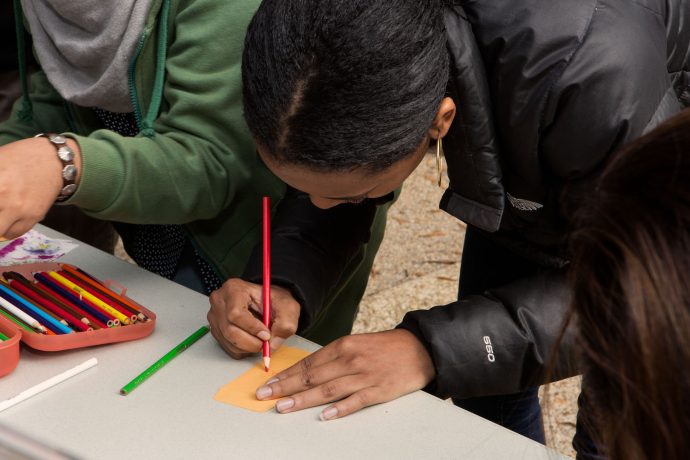
Food history festival Courtesy of Smithsonian’s National Museum of American History
What were your favorite (or maybe most memorable) dishes that you tried while working with Smithsonian Food Programs?
I love learning about (and eating food), but it’s often not the dish itself that hooks me. I’m interested in how food is made and grown, who makes it, the story behind it, and how that helps us understand American history.
And what is your favorite museum café in the US and around the world?
I love eating at places where the food is tied to history and the experience of place, and so many museums are doing that well! Food is a great way to engage all of the senses, and can extend the learning experience to the table.
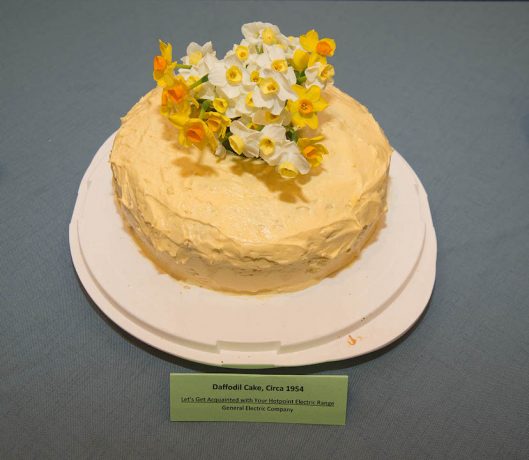
National Museum of American History, Object Project team’s potluck lunch 3.8.16
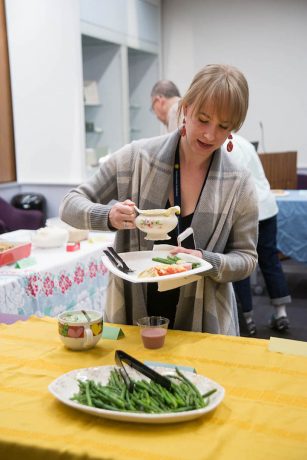
National Museum of American History, Object Project team’s potluck lunch 3.8.16
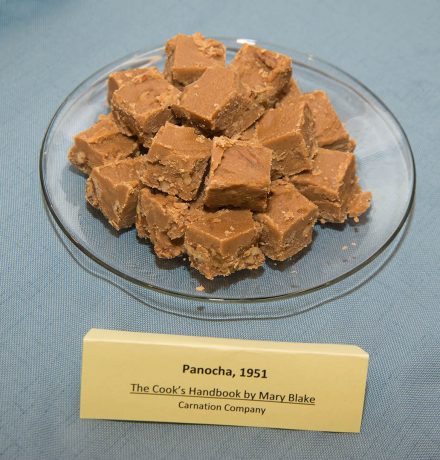
National Museum of American History, Object Project team’s potluck lunch 3.8.16
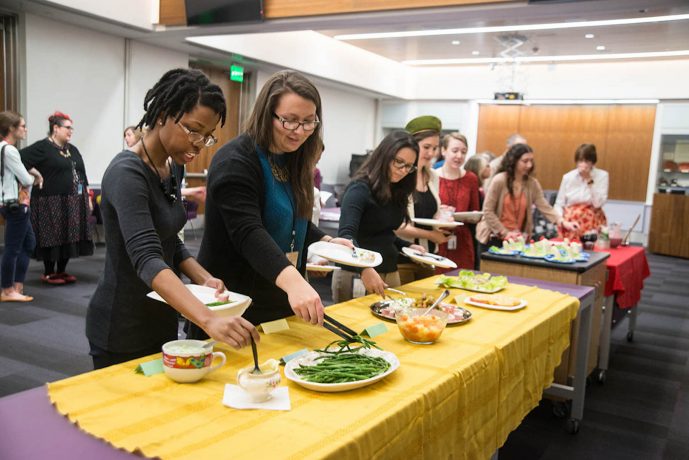
National Museum of American History, Object Project team’s potluck lunch 3.8.16
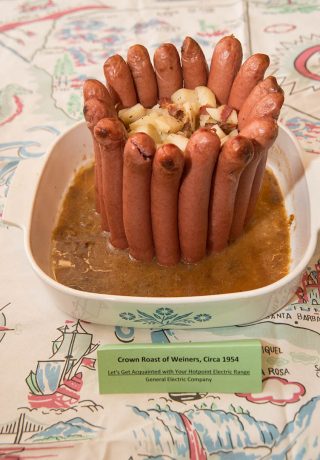
National Museum of American History, Object Project team’s potluck lunch 3.8.16
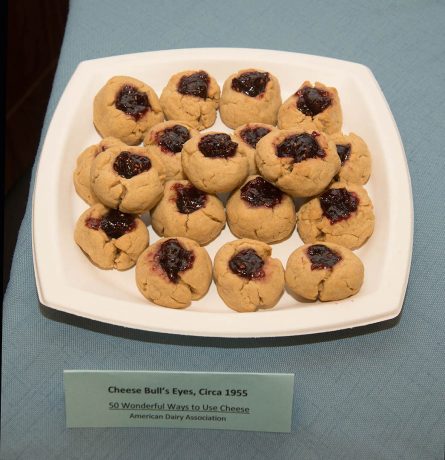
National Museum of American History, Object Project team’s potluck lunch 3.8.16
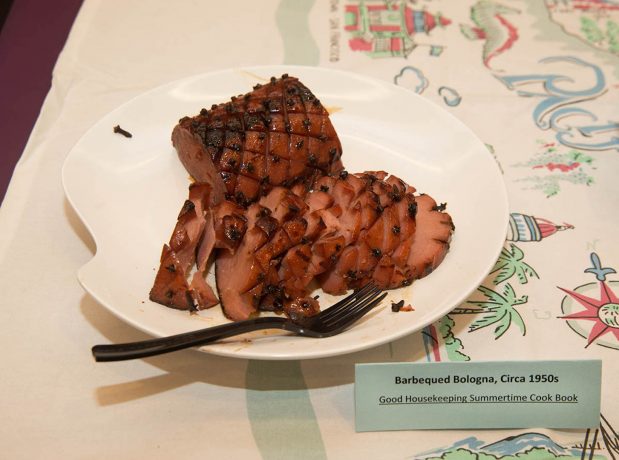
National Museum of American History, Object Project team’s potluck lunch 3.8.16
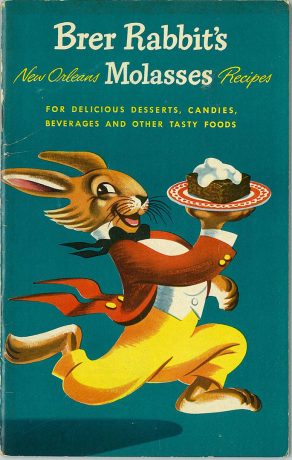
Courtesy of Smithsonian’s National Museum of American History
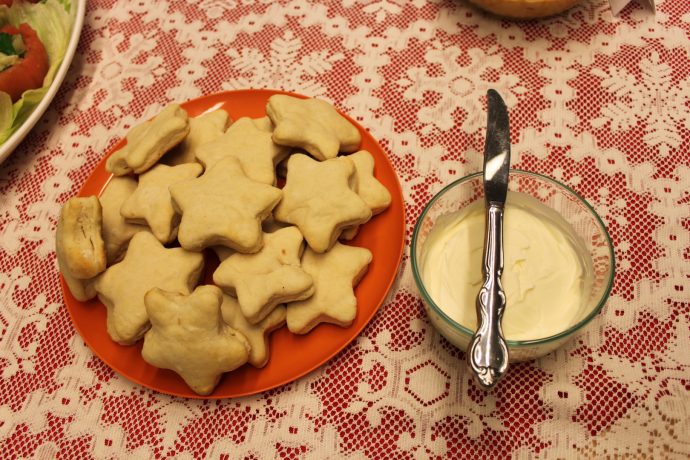
Courtesy of Smithsonian’s National Museum of American History
What is the Food Program’s core mission?
Food at the Museum is intimately linked to our missions of understanding the past to inform the present and shape a more humane future. By learning more about American food history, today’s Museum visitors will understand the role they play in shaping how and what America eats.
Food is a great way to engage all of the senses, and can extend the learning experience to the table.
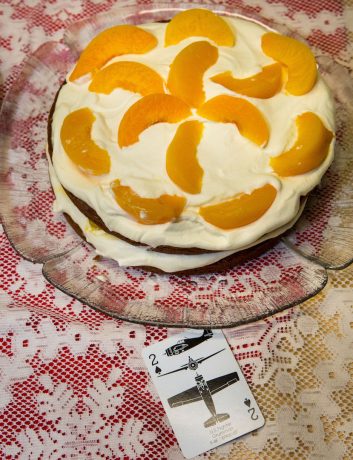
Courtesy of Smithsonian’s National Museum of American History
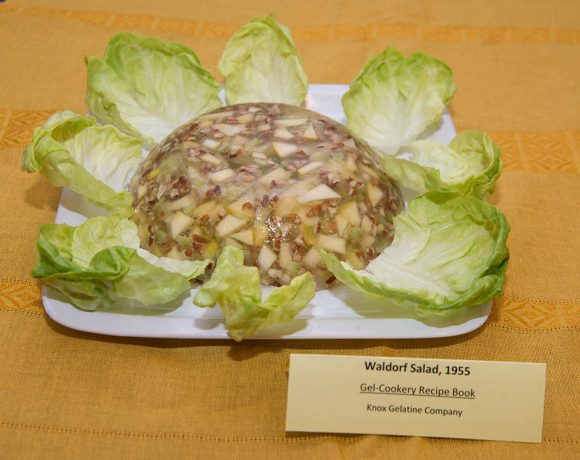
National Museum of American History, Object Project team’s potluck lunch 3.8.16
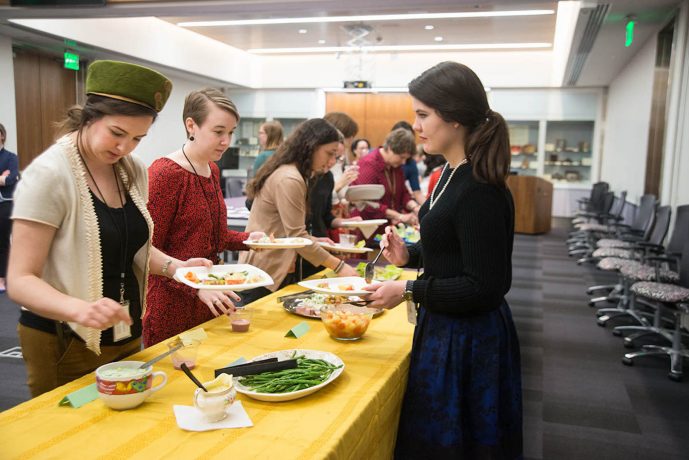
National Museum of American History, Object Project team’s potluck lunch 3.8.16
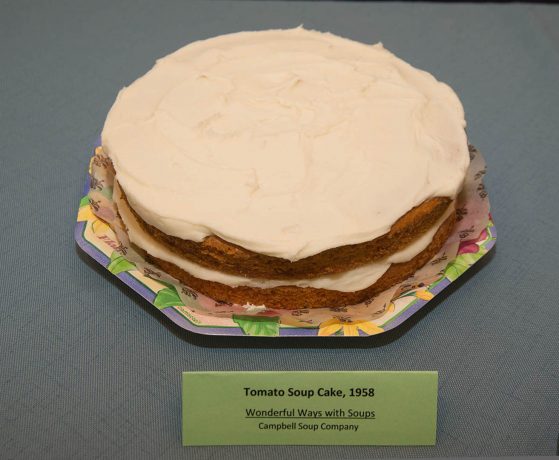
National Museum of American History, Object Project team’s potluck lunch 3.8.16
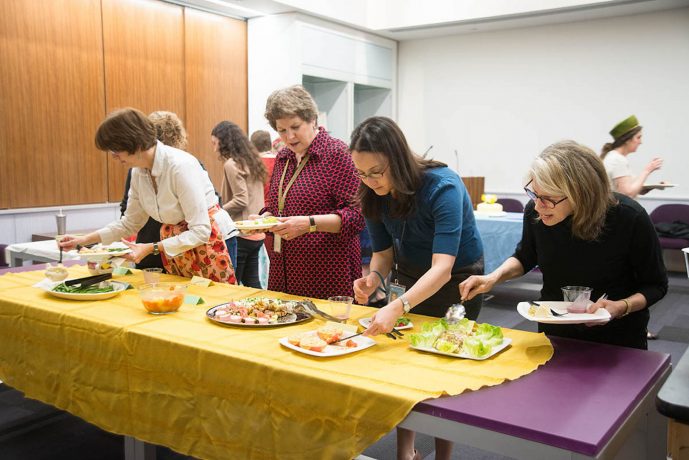
National Museum of American History, Object Project team’s potluck lunch 3.8.16
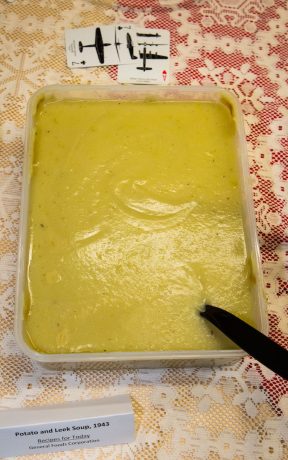
Courtesy of Smithsonian’s National Museum of American History
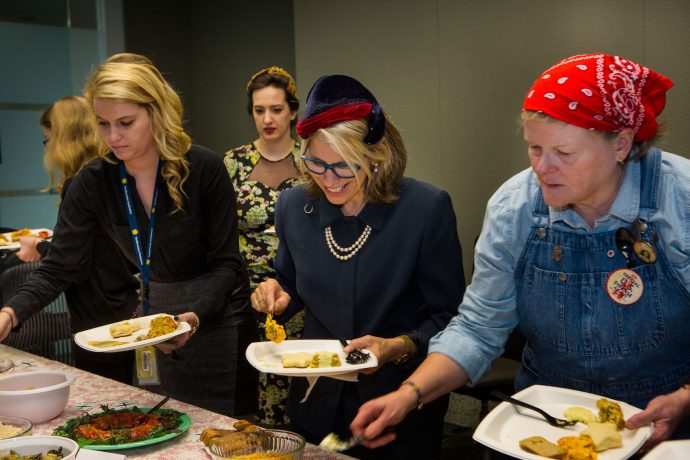
Courtesy of Smithsonian’s National Museum of American History
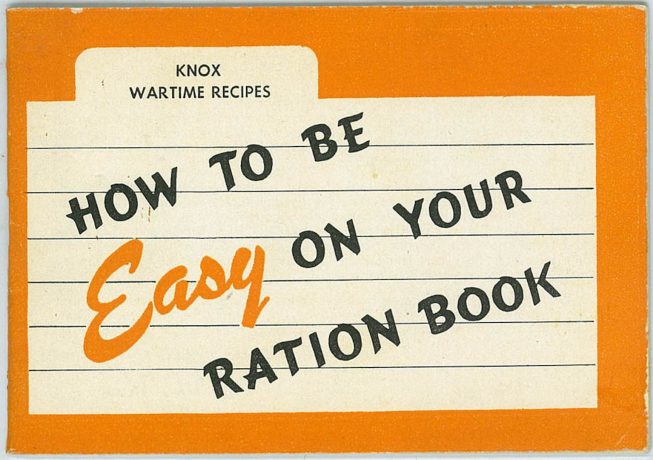
Courtesy of Smithsonian’s National Museum of American History
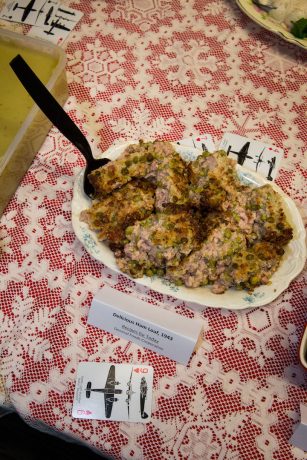
Courtesy of Smithsonian’s National Museum of American History
The election time is very exciting, and this year’s Food History Weekend’s subtitle is “Politics on your plate” will it be connected to the election?
The Food History Weekend will be exploring our theme of “Politics on Your Plate” through demonstrations, hands-on learning opportunities, talks, experiences with incomparable collections, and much more. We’ll take a nonpartisan look at the relationship between food, politics, people, and our American democracy. We’ll ask questions like how have we participated, as individuals and communities, in shaping American food and foodways? Whose voices are influencing policy today? What are the critical issues, and what role does democracy play in the future of food in America? The weekend begins on Thursday, October 27, with the second annual Smithsonian Food History Gala, a fundraiser for food history programs and research at the Museum.
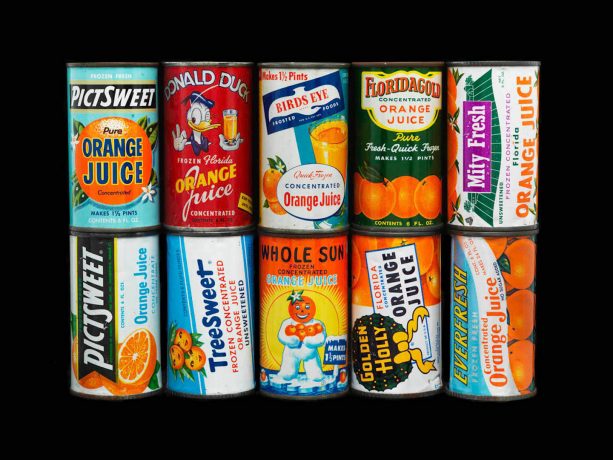
Courtesy of Smithsonian’s National Museum of American History
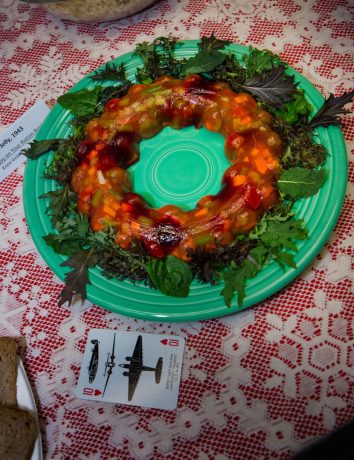
Courtesy of Smithsonian’s National Museum of American History
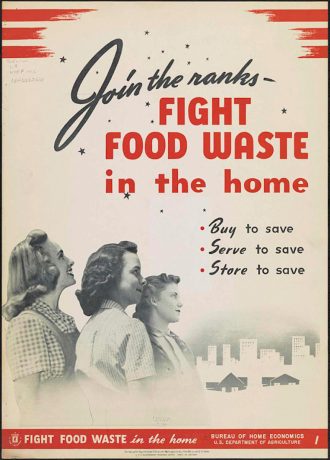
Courtesy of Smithsonian’s National Museum of American History

Courtesy of Smithsonian’s National Museum of American History
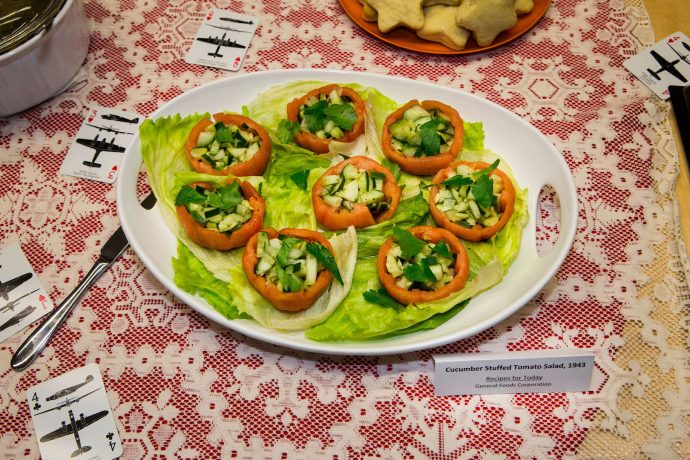
Courtesy of Smithsonian’s National Museum of American History
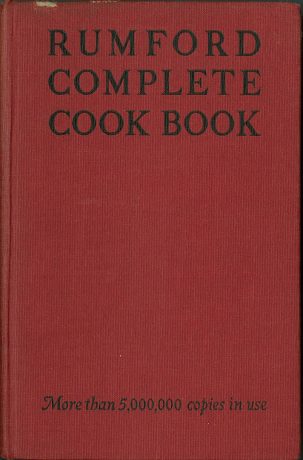
Courtesy of Smithsonian’s National Museum of American History
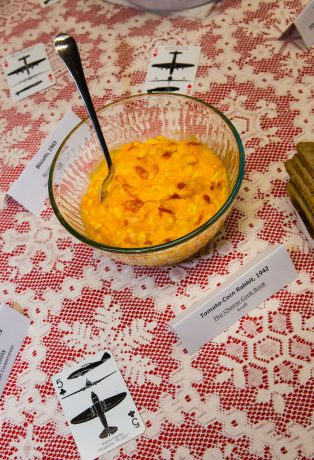
Courtesy of Smithsonian’s National Museum of American History
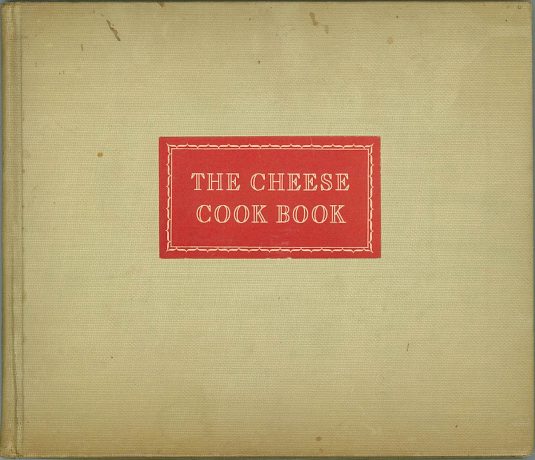
Courtesy of Smithsonian’s National Museum of American History
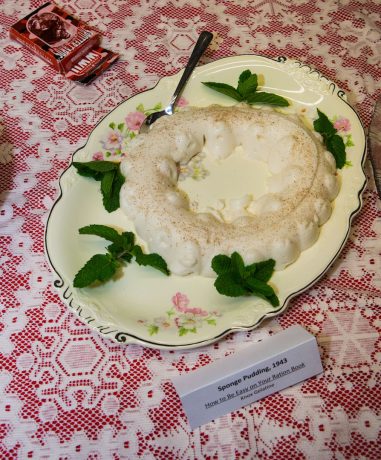
Courtesy of Smithsonian’s National Museum of American History
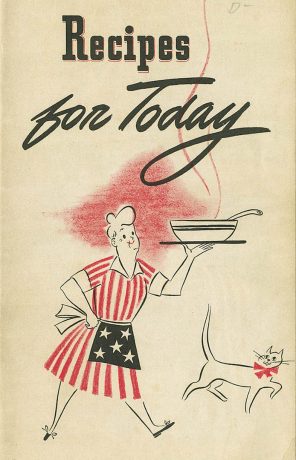
recipes-for-today_25333358873_oCourtesy of Smithsonian’s National Museum of American History
As part of the Gala, The Julia Child Foundation for Gastronomy and the Culinary Arts will be presenting the second annual Julia Child Award to Chef Rick Bayless. On Friday, October 28, we host the Food History Roundtables, a full day of panel discussions around topics in food history with a great lineup of speakers (including Marion Nestle, Dan Barber, Adrian Miller, and many others). And on Saturday, October 29, we take over the museum for a full day of food history activities and demonstrations at the Food History Festival. We’ll have museum objects on display, talks and cooking demonstrations by noted chefs, researchers, and artists, and lots of hands-on activities. We wrap up the weekend with American History (After Hours) at the Food History Weekend, exploring American brewing history.
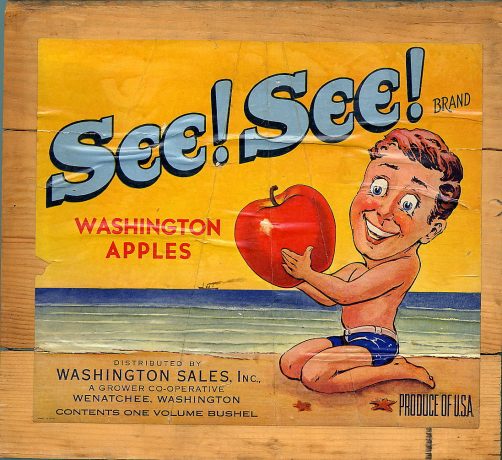
Print. Crate label. 1979.0441.018. Labels Courtesy of Smithsonian’s National Museum of American History
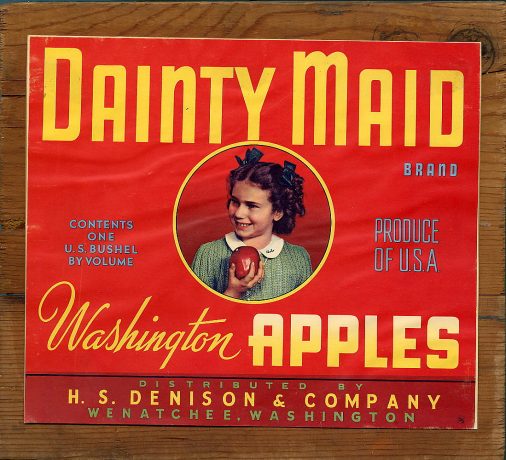
Print. Crate label. 1979.0441.080. Labels Courtesy of Smithsonian’s National Museum of American History
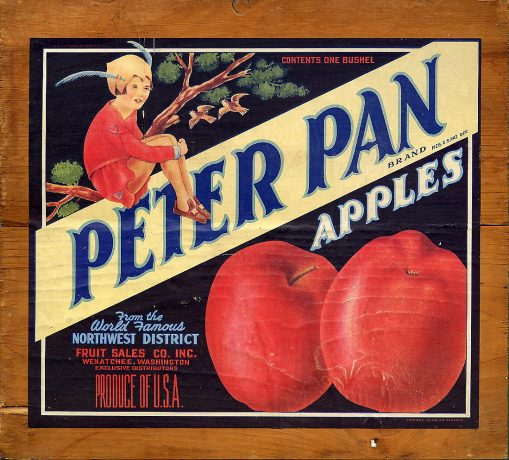
Print. Crate label. 1979.0441.055. Labels Courtesy of Smithsonian’s National Museum of American History
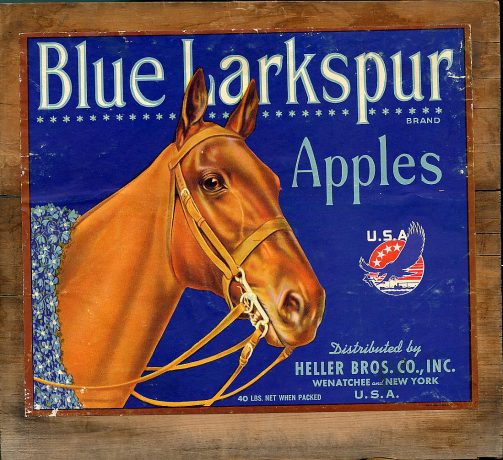
Print. Crate label. 1979.0441.026. Labels Courtesy of Smithsonian’s National Museum of American History
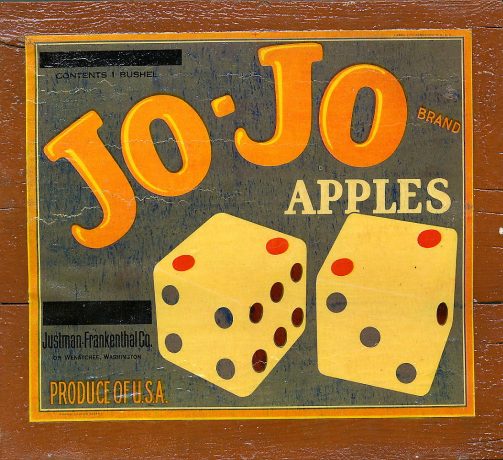
Print. Crate label. 1979.0441.125. Labels Courtesy of Smithsonian’s National Museum of American History
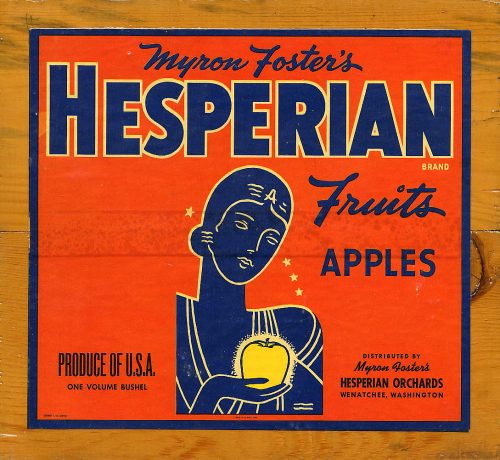
Print. Crate label. 1979.0441.137. Labels Courtesy of Smithsonian’s National Museum of American History
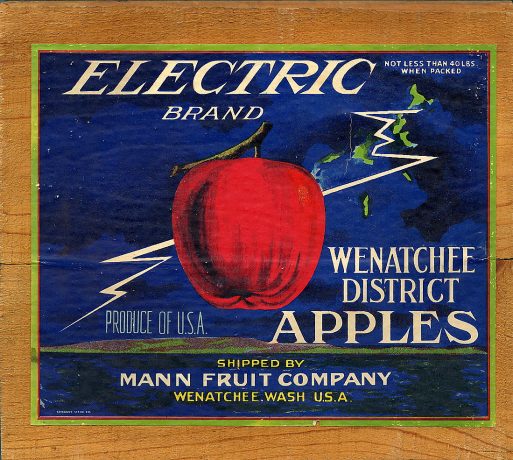
Print. Crate label. 1979.0441.078. Labels Courtesy of Smithsonian’s National Museum of American History
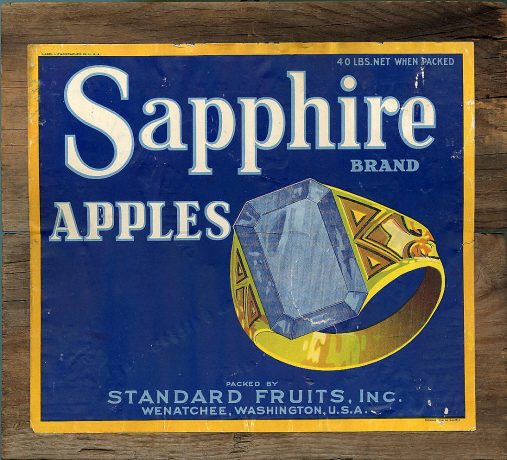
Print. Crate label. 1979.0441.092. Labels Courtesy of Smithsonian’s National Museum of American History
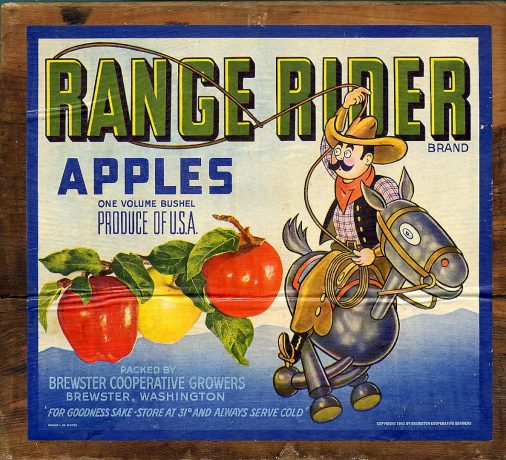
Print. Crate label. 1979.0441.084. Labels Courtesy of Smithsonian’s National Museum of American History
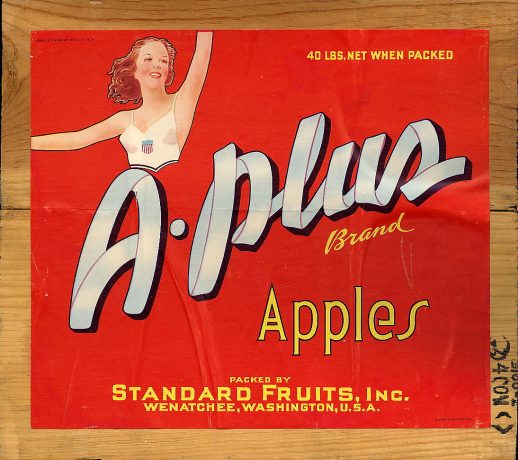
Print. Crate label. 1979.0441.123. Labels Courtesy of Smithsonian’s National Museum of American History
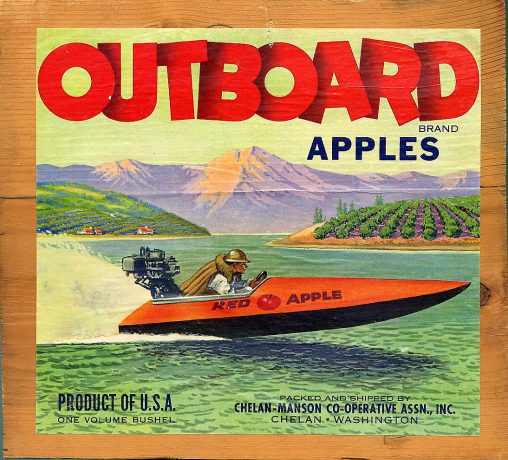
Print. Crate label. 1979.0441.052. Labels Courtesy of Smithsonian’s National Museum of American History
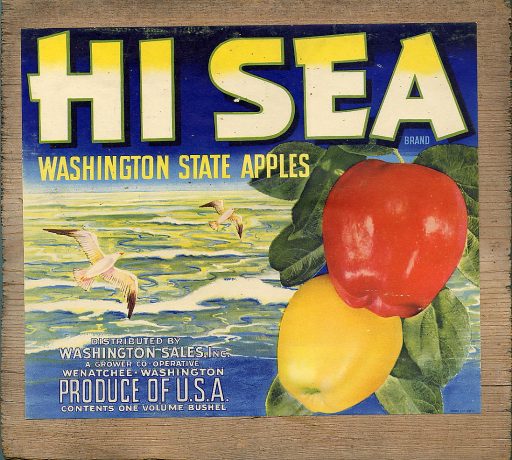
Print. Crate label. 1979.0441.036. Labels Courtesy of Smithsonian’s National Museum of American History
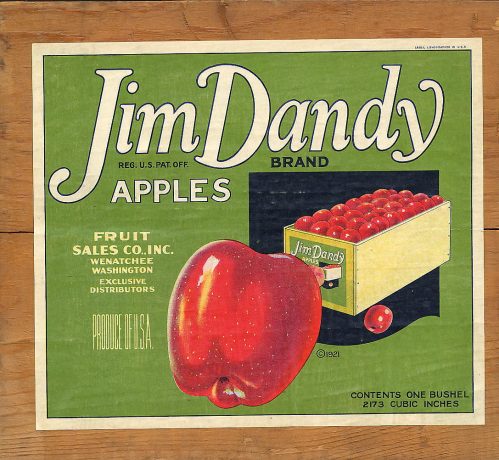
Print. Crate label. 1979.0441.134. Labels Courtesy of Smithsonian’s National Museum of American History
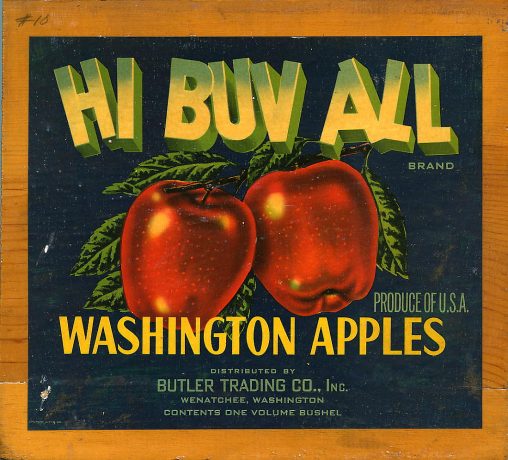
Print. Crate label. 1979.0441.046. Labels Courtesy of Smithsonian’s National Museum of American History
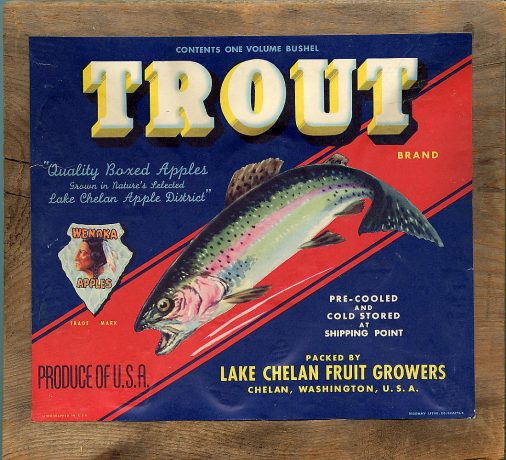
Print. Crate label. 1979.0441.001. Labels Courtesy of Smithsonian’s National Museum of American History
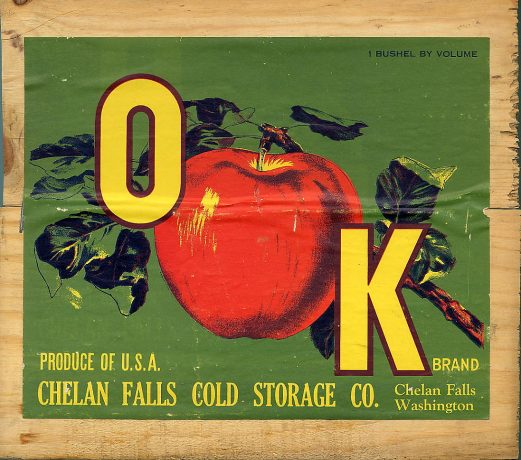
Print. Crate label. 1979.0441.035. Labels Courtesy of Smithsonian’s National Museum of American History
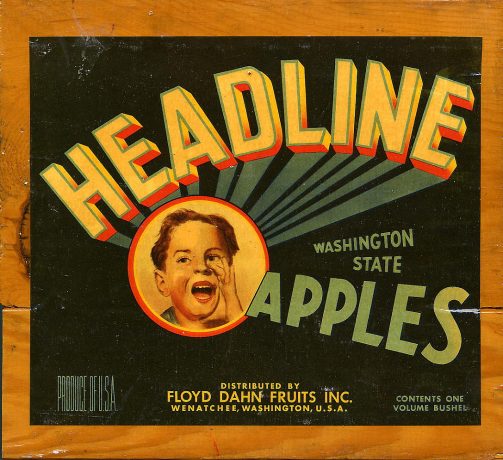
Print. Crate label. 1979.0441.130. Labels Courtesy of Smithsonian’s National Museum of American History
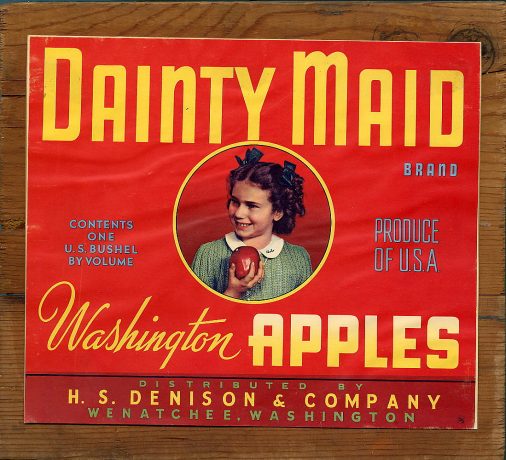
Print. Crate label. 1979.0441.080. Labels Courtesy of Smithsonian’s National Museum of American History
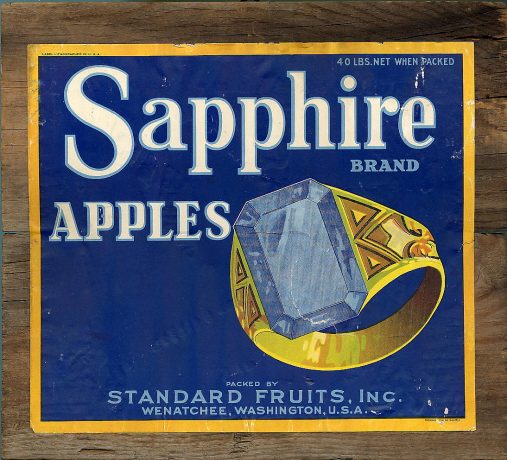
Print. Crate label. 1979.0441.092. Labels Courtesy of Smithsonian’s National Museum of American History
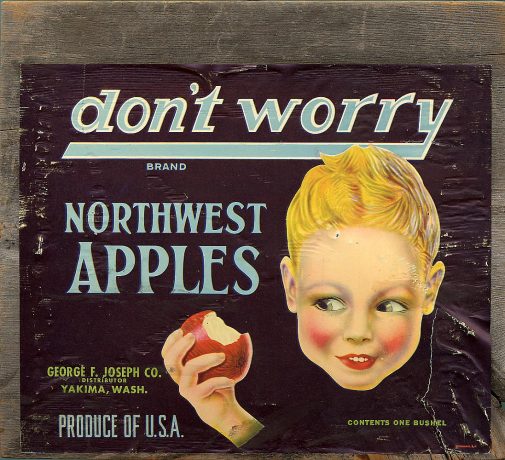
Print. Crate label. 1979.0441.070. Labels Courtesy of Smithsonian’s National Museum of American History
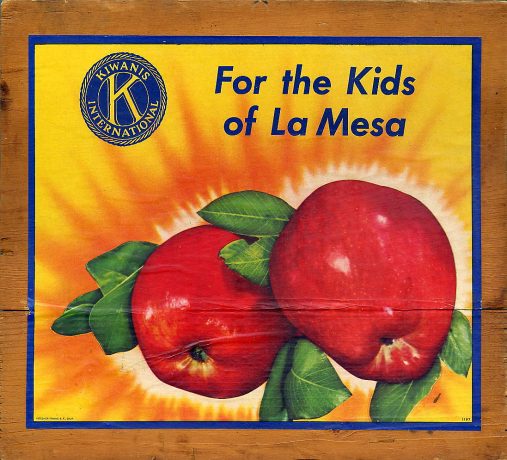
Print. Crate label. 1979.0441.083. Labels Courtesy of Smithsonian’s National Museum of American History
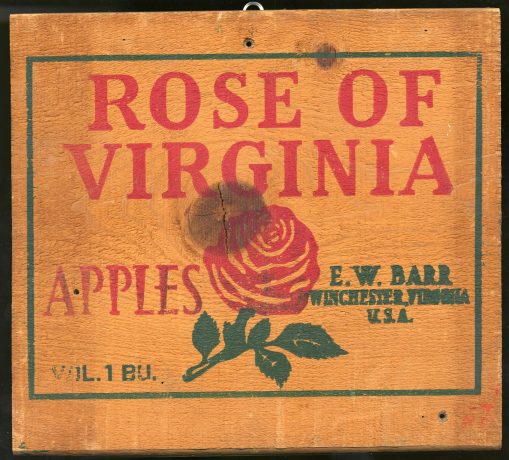
Print. Crate label. 1979.0441.203. Labels Courtesy of Smithsonian’s National Museum of American History
